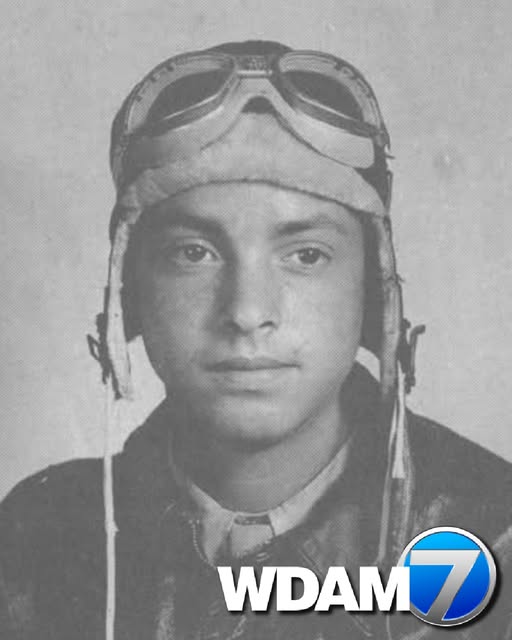Lt. Col. George Hardy, the youngest of the famed Tuskegee Airmen to serve in combat, has passed away at the age of 100. Hardy, who was the last surviving member of the group’s combat pilots who flew overseas during World War II, died last week, according to Tuskegee Airmen Inc.
The organization remembered him as a symbol of bravery and endurance, saying, “His legacy is one of courage, resilience, exceptional skill, and steadfast determination in the face of racism, prejudice, and other injustices.”
Hardy was born in Philadelphia and initially had no intention of joining the military. He focused on academics and pursued his dream of becoming an engineer, later earning a bachelor’s degree in electrical engineering and a master’s in systems engineering from the U.S. Air Force Institute of Technology. His interest in military service grew after his brother enlisted in the Navy, but his life path shifted dramatically in 1941 when the U.S. Army opened flight training to Black Americans.
Before that year, African Americans were barred from flying for the U.S. military. The Tuskegee Airmen program was created in 1941 as part of the Army Air Corps, forming the 99th Pursuit Squadron at Alabama’s Tuskegee Institute. The unit trained Black pilots who went on to serve in the segregated 332nd Fighter Group. Despite facing discrimination and skepticism from some military leaders, the Tuskegee Airmen built a stellar record. Their bomber escort missions had among the lowest loss rates of the war, proving their skill and discipline.
Hardy became a second lieutenant at just 19 years old, flying his first combat mission before he even learned how to drive a car. Over the course of World War II, he completed 21 missions. His service did not end there—he went on to fight in both the Korean War and the Vietnam War, contributing across three major conflicts.
The challenges Hardy and his peers endured were not limited to the battlefield. They also faced systemic racism within the military. White officers tried to block them from combat duties and restricted their access to officers’ clubs. This discrimination sparked acts of civil disobedience from the Tuskegee Airmen, who demanded equal treatment.
Despite the obstacles, Hardy’s achievements became an inspiration. Brian Smith, president and CEO of the Tuskegee Airmen National Historical Museum, described him as a “humble man” with a genuine love of flying. Hardy, Smith said, was committed to motivating younger generations to explore aviation, often appearing at air shows and public events to share his story.
“We always acknowledged the racism of World War II,” Smith said, “but we also celebrated the progress that has been made in America and around the world in recognizing the contributions of people of color.”
The story of the Tuskegee Airmen has since been immortalized in film and history. HBO’s 1995 movie The Tuskegee Airmen and the 2012 film Red Tails helped bring their experiences to wider audiences. States across the country also honor them annually on Tuskegee Airmen Commemoration Day, typically observed on the fourth Thursday in March.
In recent years, debates over diversity and inclusion in the military briefly put the group back in the spotlight. Earlier in 2025, the Air Force initially removed training programs that featured the Tuskegee Airmen and the Women Airforce Service Pilots (WASPs) during an effort to scale back federal diversity initiatives. After bipartisan criticism, the programs were reinstated.
Hardy’s death marks the loss of a key link to a generation that not only shaped U.S. military history but also advanced the fight for civil rights. As the last surviving Tuskegee Airman combat pilot who served overseas, his life story remains a testament to perseverance and hope for future generations.


Leave a Reply